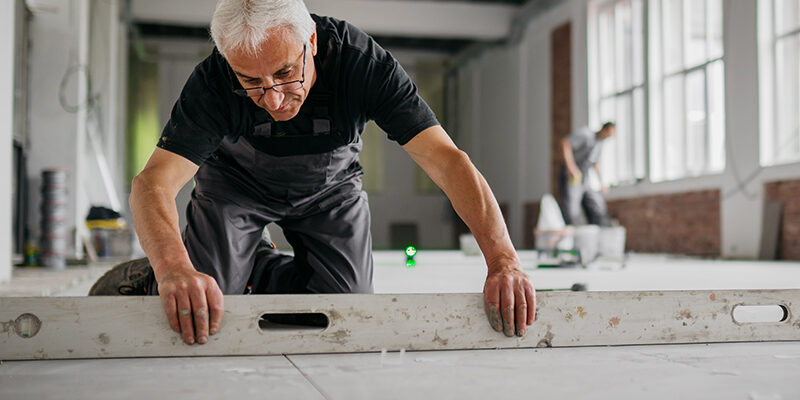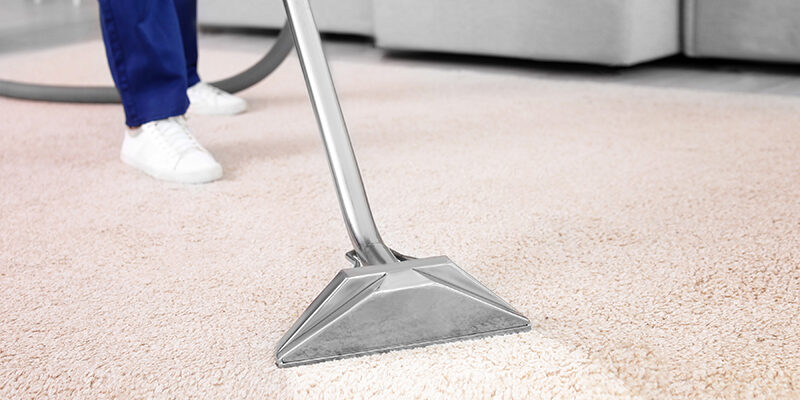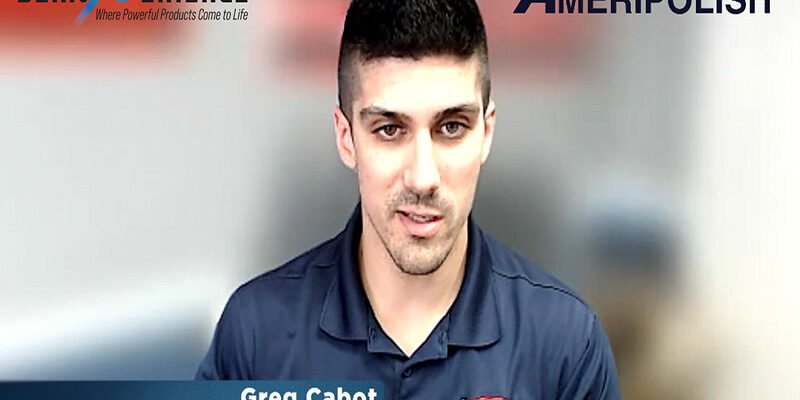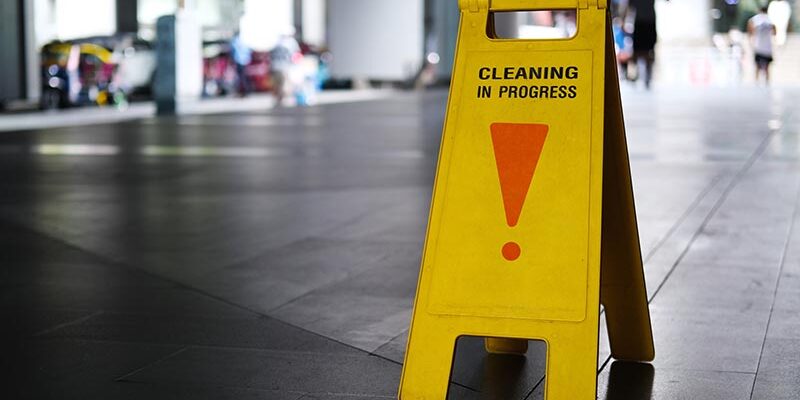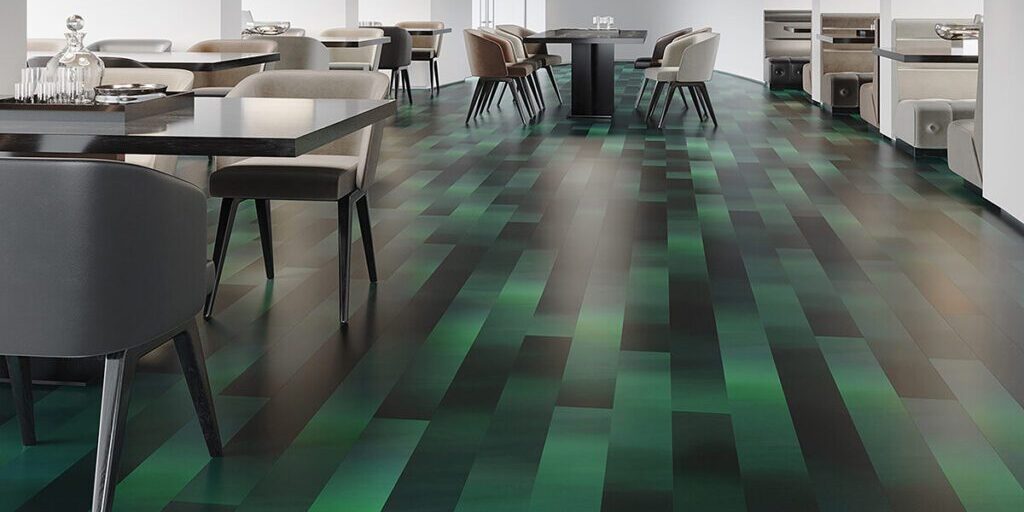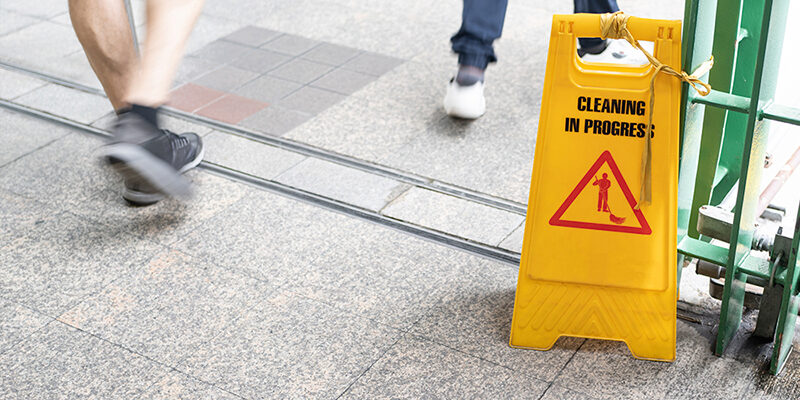Patience Rewards Hardwood Floor Drying

By David Oakes
There is no question that the appearance of a wet hardwood floor can go from bad to worse during the drying process.
All too often, restoration contractors default to the demolition option when another day of drying can make all the difference and the floor can be completely restored. When it comes to drying hardwood floors, the most important yet most often overlooked tool is patience.
When hardwood flooring is exposed to water, the finish protects the top of the flooring and water is absorbed into the unfinished underside of the wood. The back of the wood expands, causing the long outside edges of the floor to raise, an appearance referred to as cupping.
This cupping is not always evident during the initial water extraction, but it may appear during the drying process, causing concern with the contractor and property owner. However, when the drying system is properly set up, as the moisture content (MC) will drop in both the wood floor and underlay. This is the clearest evidence of the progress we’re looking for.
Continue drying until the MC reaches the drying goal (or dry standard). If cupping is still evident, it is likely due to minor differences in MC between the top and bottom of the wood flooring. Allow this to finish equalize naturally (it might take several days or weeks), and the cupping will dissipate.
Once the flooring has completely flattened out, it can be cleaned and top-coated with polyurethane, usually without the need for sanding.
Remember these points:
- Hardwood flooring can be restored when exposed to Category 1 water
- The longer the floor is wet, the longer it will take to dry
- Cupping may or may not be present initially and may appear during the drying process
- Cupping is totally reversible
- The drying process is done when both the MC returns to normal
- Patience is important.
Boost your hardwood floor expertise by attending an Applied Structural Drying Course. We’ll teach you how to dry hardwood flooring.
David Oakes has worked in the field of cleaning and restoration since 1973. He currently owns and operates a full service cleaning and restoration firm, which provides fire and water damage restoration services. Oakes has worked on both commercial and residential restorative drying jobs in all capacities. He is an IICRC Certified Senior Carpet Inspector, Master Cleaning Technician, Master Restoration Technician and is a Certified Restorer (CR) and Certified Mechanical Hygienist (CMH) by the RIA. As an IICRC approved Instructor he teaches Water Damage Restoration (WRT), Applied Structural Drying 201 (ASD), Advanced Restorative Drying 301, Carpet Cleaning Technician (CCT), Odor Control Technician (OCT), and Fire and Smoke Restoration Technician (SRT).


